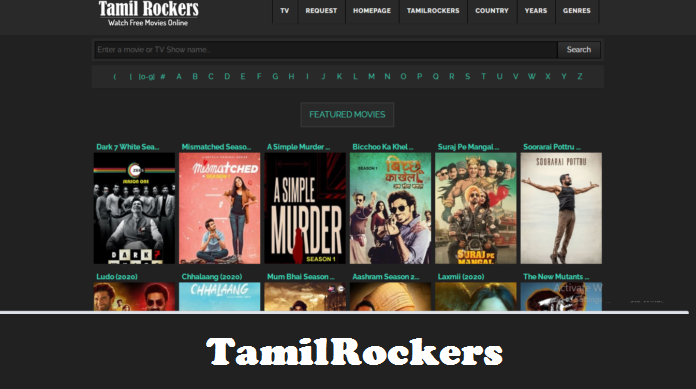Our world is online, and customers are no longer waiting and standing in store check-out lanes. Today, you need not only to get buyers on your page, but you must provide them with a fast and reliable payment method.
Finalizing sales, making people feel safe about their purchases and ensuring high customer satisfaction all come from the payment methods presented at your site for any customer’s convenience. With plenty of options, we’ll dive right into what makes the best stand out.
Table of Contents
Stripe
Light, fast and agile, Stripe is a cloud-based payment processing that began in 2010 by two brothers, John and Patrick Collison. Since then, Stripe has become a success, expanding to 47 countries, with 2 million customers and over 3 million websites using it. Stripes’ popularity is mostly present with SaaS (Software as a Service) platforms, E-commerce and online marketplaces. Stipe can synchronize with Quickbooks and Xero for your accounting needs, but its biggest strength lies in its API (Application Programming Interface).
It is perfect for businesses who can’t integrate with 3rd party apps and wish to build their own. Although Stripe is available worldwide and allows multi currency support, it does not allow Bitcoin payments. Stripe stopped supporting Bitcoin payments in 2018, but it did enable crypto payments on April 22, 2022, with stablecoin USD Coin (USDC).
PayPal
Right behind Stripe comes PayPal with a 32.3% share of the global market for online payment services. Founded way back in 1990, PayPal is present online and in the physical world. PayPal card readers in physical stores allow you to scan your credit card or enter your PayPal data if the site has enabled it as a payment option. This dual presence with PayPal still maintaining its real-life application is great for users who wish for flexible means of payment.
One more reason for having PayPal in mind is when choosing an Online Casino for 2023. Because PayPal is accepted by most online casinos for deposit and withdrawal, it’s an ideal choice for online betting. PayPal uses end-to-end encryption and two-factor authentication for its security, making its safety on par with industry standards. Its fees are low or zero, and no fees apply if your payment is in your home currency, or when sending cash to your friends or relatives in your home currency. Compared to credit or debit card usage fees, which can be up to 2% on top of platform fees, PayPal users get more bang for their buck when playing online.
The company derives its profits from charging merchants with a 4% conversion fee for transactions. Even though PayPal has 137 million active accounts from users in 193 countries, its customer service quality is questionable, and user accounts can get permanently banned or “locked in”, without any additional information or reasoning from PayPal.
ACH payments
Strolling down memory lane, we can trace the ACH network’s roots to Nacha (National Automated Clearing House Association), when it started in 1974. It aimed to improve the US payment system, and since trillions of dollars move between bank accounts each year, we can safely say it succeeded. Payments are made through the ACH network, instead of the more popular routes like Visa or Mastercard.
With direct deposits and payments available, you can give authorisation to a biller to charge your account, or you can set up an automated payment system. The downside of ACH is how they process payment requests through their system. All payments are processed in daily batches instead of in real time. Because of such ACH practices, processing payments can sometimes last up to 3 days. ACH payments have limited access or availability outside of the USA.
To tip the balance back to its favor, payments received through direct deposit have fewer fees, no paper checks, and faster tax refunds for US citizens. ACH does offer several security steps, such as micro validations, security tokens and validations, but it’s important to protect your digital privacy and not fall for obvious scams online, because any payment processor is powerless against it.
Payoneer
Similar to PayPal, Payoneer offers a good alternative for small businesses, as they can create a free account, and they don’t need a direct banking account for Payoneer. Users can request and receive payments by sending invoices through Payoneer, and once the funds appear on your account, you have the freedom to use them with your Payoneer card or transfer them elsewhere. It’s also very popular among freelancers, who can request payment from their clients simply by sending them a link, which the client can use to transfer the funds easily to the freelancer.
Payoneer’s fees are one of the lowest in the industry, with a 3% fee for all credit card transactions and only 1% for ACH bank debit transactions. Transferring money to or from other Payoneer users is free. There is a small fee of $1.50 if you transfer the money to your bank account. If you convert the money to a non-local currency, there is an additional 2% charge. Low fees mean Payoneer is present in 190 countries and rising, with over 5 million customers worldwide.
But no service is perfect, as Payoneer does not support payment gateways, POS systems or virtual terminals. As with PayPal, Payoneer uses an automated fraud detection system that can freeze accounts and transactions and cause problems for users without justification.
Conclusion
The sheer number of options for online payments is staggering. In such a competitive market, subtle differences can make all the difference between platforms. Competition is always good for the end customer, and by making your needs clear, you can easily pick the right solution.




![Is Tokyo Ghoul on Netflix? [How to Watch Online]](https://avctv.com/wp-content/uploads/2022/08/AAAABct1DaUzhEt4JeJFeDrmaE_4CGAu39fBN6poMx10hAlWlMRjkkAw84hjmuujWTy2wFC7_Pjnujec-_PqT1GCnnMFMJ15S04baJn1b0WvvbG6hrSNb31_GS4--120x86.jpg)





